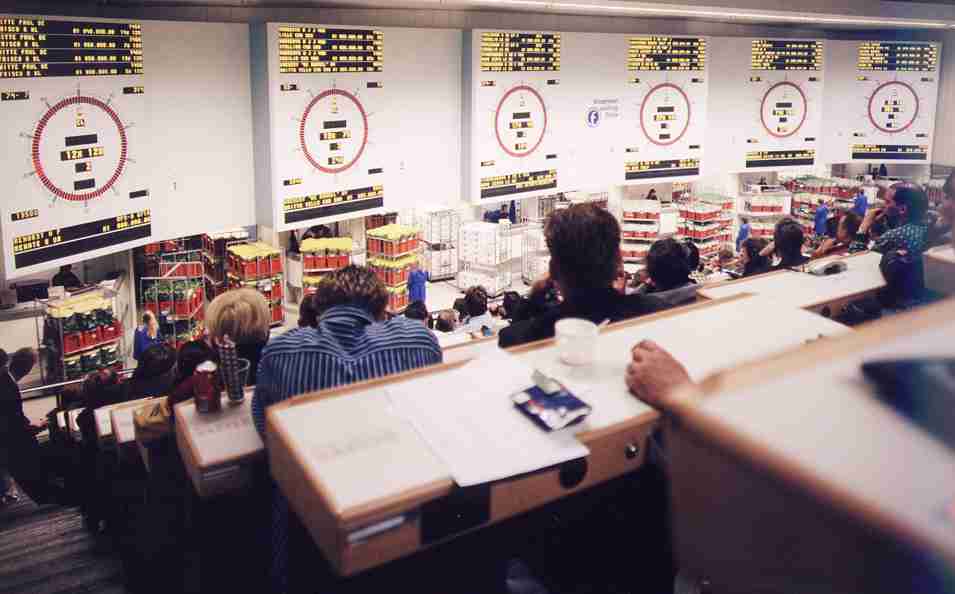How to Buy IPOS through a Dutch Auction

Dutch auction is a method used by some companies, notably Google, to raise capital. The business announces its decision to go public and then offer shares at the initial public offering. The process largely benefits individual investors as the final price which is determined equates supply and demand.
Instructions
-
1
In a Dutch auction, the company discloses the total amount of shares it is willing to sell. This will be associated with a potential price which they are going to charge for each share. The potential investors then start bidding by stating the number of shares they want, and their desired price. Finally, a minimum clearing price will be determined, which will be suitable to the company, and the shares will be awarded to those investor who at least made a bid at that price.
The basic difference between a Dutch auction and traditional bidding is that in case of the former, the auctioneer already sets the amount and price before lowering it until a clearing price is reached. In traditional IPOs, whoever bids the highest price takes the share.
Let’s for instance say that a company wants to trade 50 shares. Like the method recommends, they will set an extra-ordinary price limit which be lowered each time a bid is made. For instance, if the first bidder calls for 10 shares at $ 100 each, before the second bid is placed at $ 80 for the next 10 shares. So far the company has sold only 20 shares, so the bidding continues until all shares at sold. The final bidder say, calls for 30 shares at $50 each. This will be the price each bidder will pay as it is the final determined or agreed price for all parties involved. -
2
In order to participate in the Dutch auction, you may go through the traditional process of opening an account with the investment bank, which will work as an underwriter to the company in question. You will be given access in the form of a code, and will bid until demand is met.
-
3
While investment bank has less control in Dutch auctions, due to the fact that some of the information is not public yet, you may need to keep tabs on all pricing information yourself, which can be obtained online.




